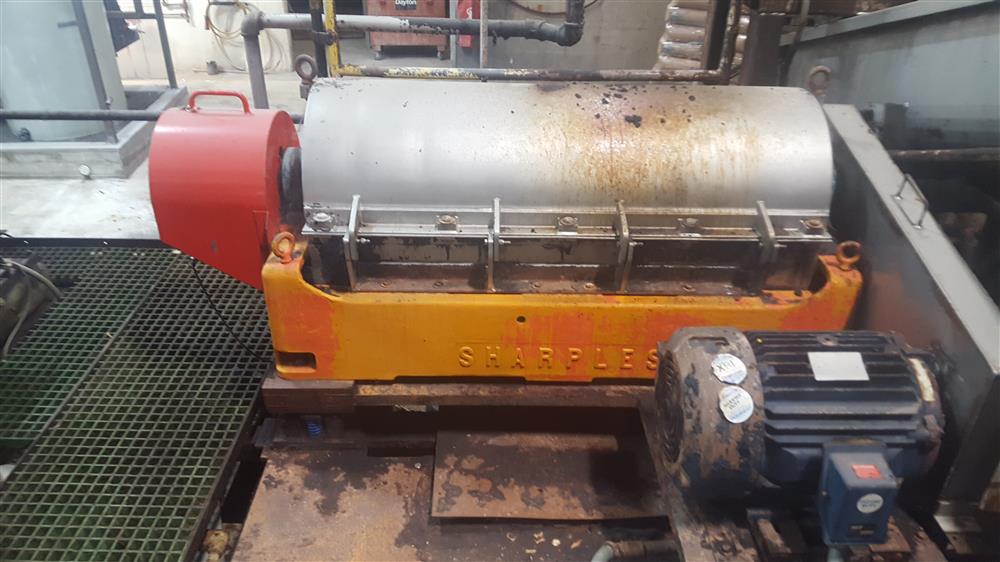- Sharples Centrifuge P3400 Manual
- Sharples P3400 Centrifuge Manual Model
- Sharples P3400 Centrifuge Manual User
How super centrifuge works
This sectional view of a Super-Centrifuge shows the application of centrifugal force to a mixture of two immiscible liquids containing some suspended solids.
The mixture continuously enters the Super-Centrifuge through an inlet feed nozzle at the base of the machine, into the hollow cylindrical rotor. Rotors have been designed and engineered to rotate at 17000 r.p.m. and generate centrifugal force of upto 20000 times the force of gravity.
Sharples Centrifuge P3400 Manual

The Sharples P-3400 Decanter Centrifuge is a horizontal de-sludging centrifuge built for the two-phase separation of crude oil tank bottoms, refinery slop sludge, industrial sludge-thickening, municipal sludge dewatering, paint sludge handling, etc. Sharples P3400 Decanter Centrifuge Rebuilt. Stock #20727-04 Sharples P3400 Hastelloy Decanter Centrifuge.
This force separates the two liquids according to their specific gravities into concentric cylindrical layers, and the solids are deposited inside the rotating bowl against the rotor wall.



The separated liquids are continuously displaced upwards by the incoming mixture and continuously discharged through their respective outlet ports at the top of the rotor. The layer of accumulated solids that builds up on the inner diameter of the rotor wall is cleaned out batch-wise for which the super-centrifuge is shut down when it is filled up to the rotating bowl’s limiting solids holding capacity and the rotating bowl is removed for cleaning.
There are, however, many applications where only the removal of suspended solids from a single liquid is required. Super centrifuges for such applications are called Clarifiers and are often provided with only one set of discharge ports. Mylar Liners are optionally supplied and can be placed on the inner diameter of the bowl for ease of removal of insoluble solids deposited on the inner diameter of the bowl.

How super centrifuge works
This sectional view of a Super-Centrifuge shows the application of centrifugal force to a mixture of two immiscible liquids containing some suspended solids.
The mixture continuously enters the Super-Centrifuge through an inlet feed nozzle at the base of the machine, into the hollow cylindrical rotor. Rotors have been designed and engineered to rotate at 17000 r.p.m. and generate centrifugal force of upto 20000 times the force of gravity.
This force separates the two liquids according to their specific gravities into concentric cylindrical layers, and the solids are deposited inside the rotating bowl against the rotor wall.
Sharples P3400 Centrifuge Manual Model
The separated liquids are continuously displaced upwards by the incoming mixture and continuously discharged through their respective outlet ports at the top of the rotor. The layer of accumulated solids that builds up on the inner diameter of the rotor wall is cleaned out batch-wise for which the super-centrifuge is shut down when it is filled up to the rotating bowl’s limiting solids holding capacity and the rotating bowl is removed for cleaning.
Sharples P3400 Centrifuge Manual User
There are, however, many applications where only the removal of suspended solids from a single liquid is required. Super centrifuges for such applications are called Clarifiers and are often provided with only one set of discharge ports. Mylar Liners are optionally supplied and can be placed on the inner diameter of the bowl for ease of removal of insoluble solids deposited on the inner diameter of the bowl.




